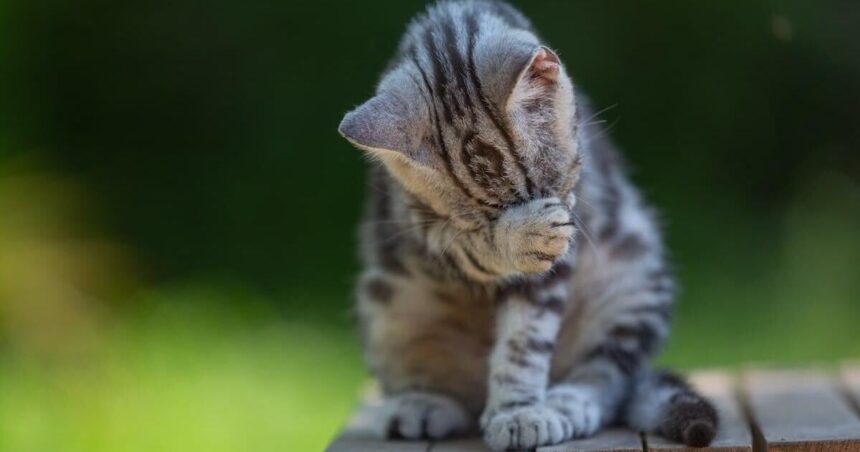Key Takeaways
-
In late 2023, a stray kitten in Omaha, Neb., died after contracting a strain of rabies not seen before in that state
-
A crew of health investigators immediately went to work to find the source of the infection, and to vaccinate local wildlife
-
Those efforts may have stopped further spread of the RRVV strain of rabies in Nebraska and surrounding states
FRIDAY, Oct. 18, 2024 (HealthDay News) — The 2023 illness and death in Nebraska of a stray kitten infected with rabies set off a large-scale effort to discover how the feline became infected in the first place.
That’s because the strain of rabies the 6-week old kitten carried had never been detected so far west: The nearest other cases of the Eastern raccoon rabies virus variant (RRVV) were on the East Coast, almost 850 miles away, investigators explained.
“A coordinated multiagency response was initiated to determine if local transmission of RRVV was occurring and to implement a wildlife vaccination program,” said a team led by Sydney Stein, an investigator with the U.S. Centers for Disease Control and Prevention.
The kitten was found in Omaha and tested positive for the RRVV strain of rabies “after dying with neurologic signs and having bitten and scratched its caretakers,” the research team noted.
Ten people had potential exposures to rabies through contact with the kitten; all were quickly given treatments that prevented the deadly neurological disease.
“Rabies is a fatal, yet preventable, viral disease primarily transmitted through the bite of infected animals; after exposure, the incubation can last from weeks to months,” Stein and his colleagues explained.
Rabies has largely been controlled in the United States, with fewer than 10 people dying from the illness annually.
RRVV is a relatively new strain of rabies that first entered the eastern seaboard via infected raccoons moving up the coast from Florida. Raccoon outbreaks led to sporadic human infections in the eastern United States.
But those cases have all occurred at least 850 miles east of the kitten’s Omaha home, Stein’s group noted.
To determine how the feline got infected, the CDC, the U.S. Department of Agriculture and local Nebraska health authorities worked together to help determine the kitten’s origin, although no good information was forthcoming.
They also boosted local rabies surveillance programs and launched a program aimed at testing hundreds of raccoons, skunks, feral cats and other wildlife for rabies. None of these animals ended up testing positive for the disease.
The team also initiated a trap-and-release program in the fall of 2023 that vaccinated hundreds more raccoons, skunks and feral cats against the viral disease.
The end result was reassuring: “No further detection of RRVV over a 10-month surveillance period” was found, the research team said.
That, along with the widespread vaccination of local wildlife “suggests lack of establishment of RRVV in wildlife in Nebraska,” they concluded.
While the origins of the kitten’s infection remains a mystery, responses like the one conducted by the Omaha team are “crucial” to minimizing the spread of rabies nationwide, Stein’s group said.
The report was published Oct. 17 in the CDC journal Morbidity and Mortality Weekly Report.
More information
Find out more about rabies at the Mayo Clinic.
SOURCE: Morbidity and Mortality Weekly Report, Oct. 17, 2024
What This Means For You
The emergence in a kitten in Omaha, Neb., with a strain of rabies never seen in the Midwest has health investigators scrambling.





